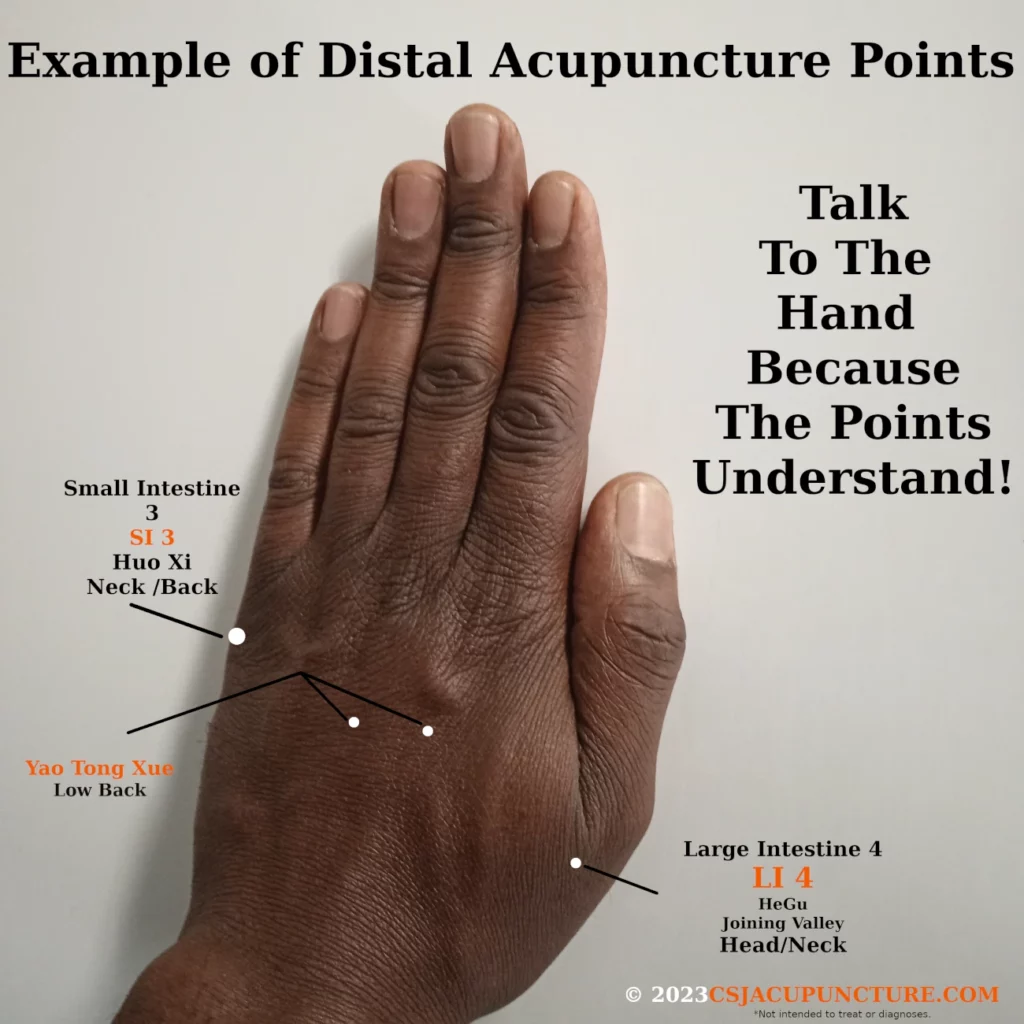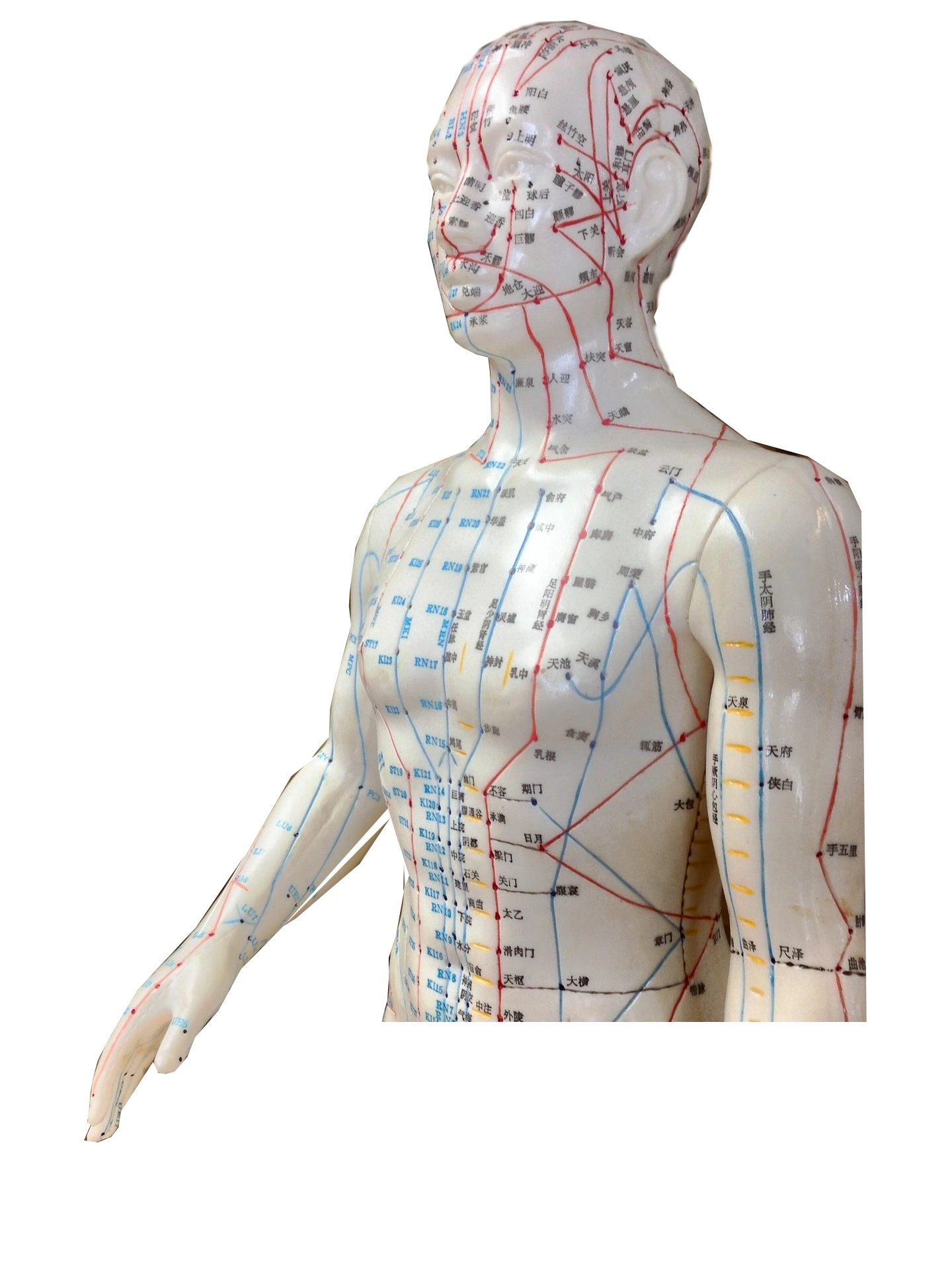This post may contain affiliate links and ads in which we may earn a small percentage of purchases.
In this modern age, I can write with certainty many people have come across experiences of acupuncture treating a condition or ailment by putting needles in the hands

If you’ve ever quit because meal plans felt overwhelming, this approach keeps it simple. The 21-Day Smoothie Diet gives you daily guidance, a detox reset, and easy recipes—so you can focus on consistency instead of planning. Instant digital access. Start today.
In acupuncture, “distal points” refer to acupuncture points that are located some distance away from the site of the symptoms or the area being treated. This is in contrast to “local points,” which are found directly in the area of discomfort or pathology.
The concept of distal points is rooted in traditional Chinese medicine (TCM) theory, which holds that the body’s life energy, or Qi, flows through pathways known as meridians. These meridians connect different parts of the body, so a point on one part of the body can be used to treat issues in another part.

Here are some key aspects of acupuncture distal points:
- Channel Theory: Distal points are chosen based on their location on the same meridian or a connected meridian that passes through the area of concern. For example, a point on the hand may be used to treat a condition in the head or the stomach because the meridian connects those areas.
- Point Efficacy: Some distal points are known for their powerful effects and can influence the body more significantly than some local points. For example, points on the wrist or ankle can be used to treat conditions throughout the body.
- Fewer Contraindications: Distal points often have fewer contraindications than local points, which makes them a safer choice in certain situations, such as when treating pregnant women or individuals with local skin infections.
- Common Distal Points: Some well-known distal points include LI4 (Hegu) on the hand, which can be used for headaches; LR3 (Taichong) on the foot, which can be used for stress and anger management; and ST36 (Zusanli) on the leg, which is used for a wide range of issues including digestive problems and fatigue.
- Balance Method: Developed by Dr. Richard Tan, the Balance Method is a system of acupuncture that heavily utilizes distal points. It is based on the principle of balancing different areas of the body to treat pain and illness.
- Master Tung’s Points: Another system that uses distal points is Master Tung’s acupuncture, which is known for its unique set of points and its quick and effective treatment outcomes.
Distal point acupuncture is often used in combination with local point treatment, providing a comprehensive approach that addresses both the symptom site and the underlying pattern of disharmony according to TCM theory. It’s important to have a thorough understanding of acupuncture theory and anatomy to use distal points effectively, and they should be used by a licensed and trained acupuncturist.
A clear and beginner-friendly guide covering over 400 acupuncture points, ideal for students and learners.
 View Book
View Book
A stainless-steel acupuncture pen and gua sha set for massage, reflexology, and tension relief.
 View Product
View Product
References:
Medical Disclaimer: This article is for informational and educational purposes only and is not a substitute for professional medical advice, diagnosis, or treatment. Always consult a qualified healthcare provider with any questions about a medical condition or treatment.





